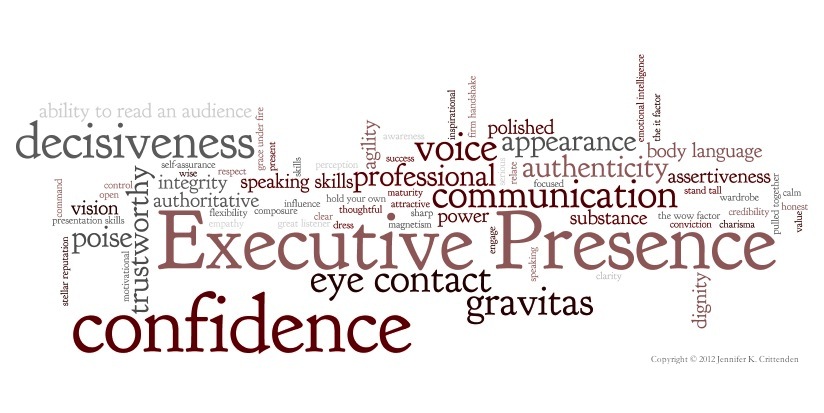Linguistics and casual observers have determined that there are many factors that affect how well a native English speaker understands a non-native speaker: pronunciation, word choice, syllabic stress, word emphasis inside a sentence, pitch, speed, relative tempo, conventional grammar, sentence construction, and so forth. That’s not very helpful to speakers who find that their co-workers or students don’t understand them in meetings in class or on Zoom or the phone. “Just be perfect,” we say. “Get all those things right, and we’ll be able to understand you.”
It can be a source of terrible frustration to non-native English speakers. Our companies and institution lose out when the valuable contributions of intelligent, thoughtful professionals go unheard or are misunderstood. I’ve seen it happen in the companies that I worked for: non-native English speakers were reluctant to speak up and were frequently misinterpreted when they did. After being embarrassed a few times, the non-native speaker lapses into silence and prefers to communicate by email. And we all know the problems that come with that communication channel!
I currently work with a number of technical professionals who are want to improve their understandability. We call our efforts “accent reduction,” but, really, we don’t care about accents. Accents are lovely, charming, and make you stand out. The problem comes when people don’t understand you. It takes a long time to perfect your speaking skills in English, but I have learned one quick hit that will make a noticeable difference immediately.
Focus on the rhythm and stress of the words inside your sentence. We English teachers have been taught to focus on diction, on the articulation of individual letters, but that’s not what makes people hard to understand. We can usually figure out what word you’re saying in the context of the sentence, but we have to understand the SENTENCE.
This is the element of English learning that I think is not emphasized enough. We teachers drill on minimal pairs (“wine” versus “vine”) or focus on the pronunciation of individual words, but native speakers are not thrown by that kind of mispronunciation. We lose the thread of the sentence when the speaker doesn’t conform to traditional syllabic stress (saying “paTENT” instead of “Patent,” for example) or when the speaker doesn’t use conventional word stress (“I’m SPEAKING in Dallas” versus “I’m speaking in DALLAS”).
You don’t have to take my word for it. Linguist Laura Hahn has written a lot about the importance of teaching “suprasegmentals” for understandability, but that might not mean much to you! That basically means the pronunciation of words and sounds in the context of other words and sounds (as in a sentence). We teachers sometimes focus on what’s easy to teach, rather than what is most effective, to the detriment of our students.
Things can go very wrong when we natives lose track of the flow of the words inside a sentence. Many syllables can go by before we find something to grab onto and can pick up the thread of comprehension again. Meanwhile, your whole point might be lost during the time we are panicking because so many words are flowing by that we weren’t following. This is especially frightening for students who are being taught by non-native speakers and find that they can’t understand much of what the teachers are saying.
Now that I’ve convinced you of the importance of getting the stress and rhythm right of your phrases and sentences (I hope), how are you supposed to go about doing that? It would be very hard to learn all the rules that govern the rhythm and stress inside a sentence, but you don’t have to! You can just copy what native speakers do, and all those rules and exceptions and nuances will take care of themselves. Once you have learned to mimic a native speaker, that style of speaking will overlay itself onto new unique sentences that you construct yourself.
But you gotta get the rhythm first! The way to learn this new way of talking, what I call Your American Voice, is by mimicking or “singing along” to recordings of native speakers. Listen first to whole sentence or several sentences and then repeat back, trying to come as close to their rhythm and stress as you can. I find that my clients are often quite good at imitating in that way, once they recognize what the goal of the exercise is.
The beauty of this approach is exemplified by Meryl Streep who uses this “singing along” technique to real recordings of the real-life personas she represents on the big screen. Over time she internalizes their speech patterns and verbal idiosyncrasies so that she can vocalize the scriptwriters’ original dialogue in the voice of the historic figure. Your task is easier because you’re not trying to work at such a subtle level; you’re just trying to sound like a typical American speaker.
It’s easy to work on this exercise in the car during your commute by mimicking people on the radio or on podcast. Now, with hands-free phones, people won’t even look at you weird when they see you talking in your car. It’s great to arrive at work with your voice all warmed up and ready to take on the strange-looking facial expressions required to make some of our American sounds. (Yep, we really do want to see your tongue when you say, “Thanks!”)
For extra credit, you can work with some software like Garageband or Audacity, where you can see your acoustic waveforms compared to those of a native speaker. It can be very helpful to get that kind of visual feedback for how your speech is different or similar. I find it speeds up ear training as the client can quickly try different strategies to make the images as similar as possible.
There’s your starting place for today! Use your natural skills in mimicry and imitation to begin to internalize the natural rhythm and stress of a native English speaker. It’s amusing to copy other people and see if you can sound like Barack Obama or Tulsi Gabbard, or Jack Black or Lake Bell. It’s also the fastest way to improve your understandability. Have fun and let me know how it goes.
© 2020 Jennifer K. Crittenden





 Ten 90-minute individualized sessions. Private and confidential.
Ten 90-minute individualized sessions. Private and confidential.

